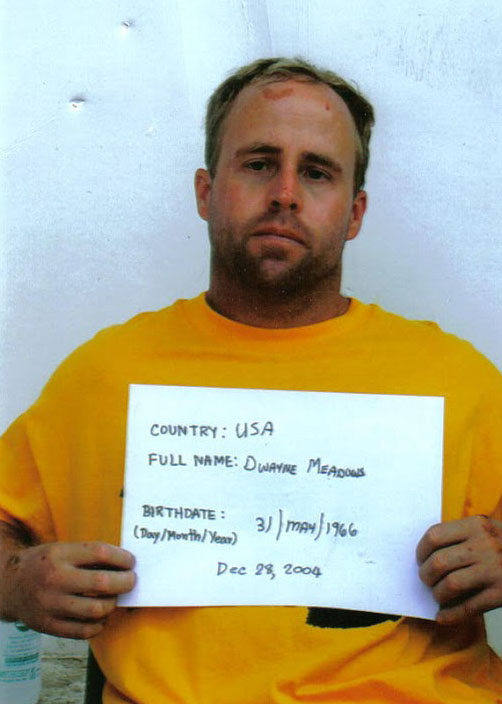
For More Information
The NOAA Tsunami Program is a cross-NOAA cooperative effort to minimize the impacts of tsunamis. Administered by the National Weather Service, the program leverages the capabilities of NOAA's other operational line offices, in particular the Office of Oceanic and Atmospheric Research, the National Ocean Service and the National Environmental Satellite, Data and Information Service. For more than 50 years, NOAA has had operational responsibility for the U.S. Tsunami Warning System. This end-to-end system is dependent on partnerships with federal, state, territorial, international, regional and local organizations.
Tsunamis are among Earth’s rarest hazards, but they can be particularly deadly. December 26 marks the tenth anniversary of the deadliest tsunami on record, the Indian Ocean Tsunami, which killed approximately 230,000 and caused more than $10 billion in damage. This tragic event was a wake-up call to the tsunami threat in both the U.S. and internationally, spurring significant advances in tsunami detection, forecasting, and preparedness led by NOAA. As a result, U.S. and international coastal communities are far better prepared for the next tsunami.
Since then 17 earthquakes have generated damaging tsunamis, including several transoceanic tsunamis. Four of these events directly impacted the United States, causing more than $230 million (2014 dollars) in damage.
To reduce loss of life and property, the National Weather Service (NWS) operates two tsunami warning centers that serve the United States and Canada. The centers monitor Earth for earthquakes and tsunamis and issue tsunami alerts to emergency managers and the public. In addition, the Pacific Tsunami Warning Center serves as the primary international forecast center for the Pacific and Caribbean basins. The NWS also works with other federal, state, territorial, local and international partners to ensure that coastal communities, residents and visitors understand their tsunami risk and what to do about it and know how to respond to tsunami alerts.
It’s important to know what to do when a tsunami alert is issued, even if you don’t live near the coast. Tsunamis can strike at any time of year, and a tsunami might just happen while you’re visiting the seashore. If you live, work or play near the coast, you should find out if your home, school, workplace or any other places you visit are in a tsunami hazard zone. You should also learn about official and natural tsunami warnings and how to respond to them. It’s important to be aware of evacuation routes and have a plan to get to high ground or inland (away from the coast). Learn more about what you can do to stay safe before, during and after a tsunami at https://www.weather.gov/
2004 Boxing Day Tsunami: A Personal Essay.
On December 26, 2004, Dr. Dwayne Meadows was swept out to sea by a tsunami. Read his personal story of survival.
 |
|
| Dr. Dwayne Meadows | The 2004 Indian Ocean Tsunami: A NOAA scientist's story of survival |